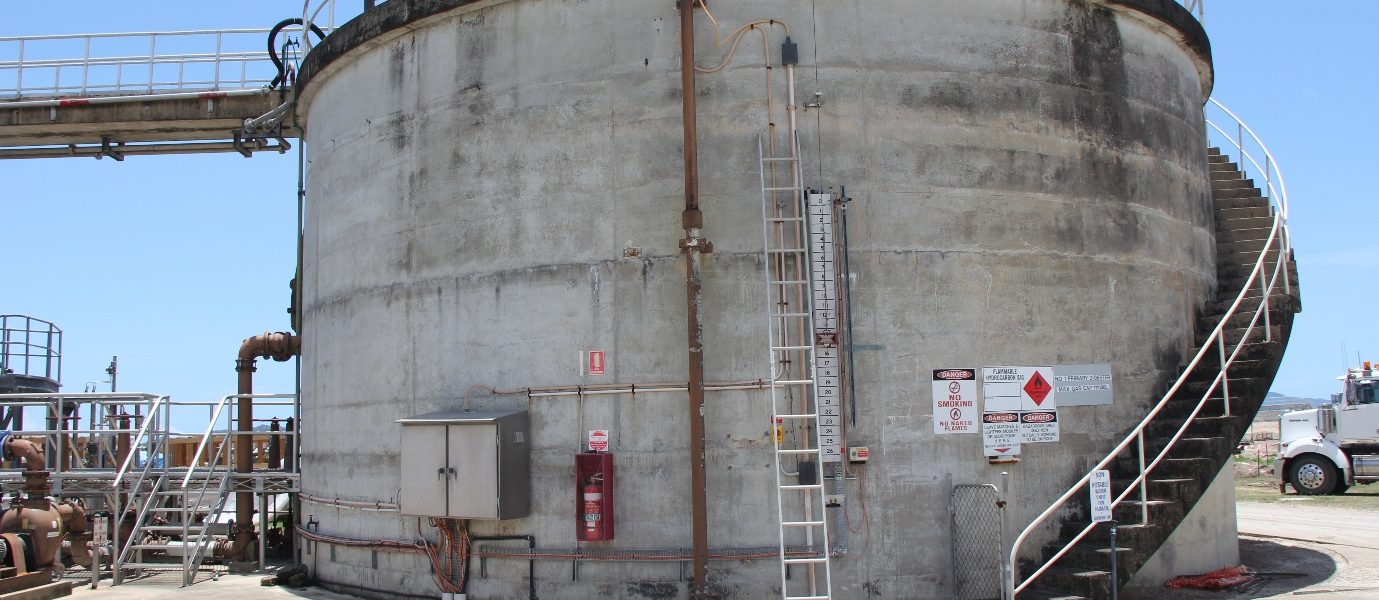Roar Solutions Fundamentals Explained
Roar Solutions Fundamentals Explained
Blog Article
4 Easy Facts About Roar Solutions Explained
Table of ContentsThe Best Strategy To Use For Roar SolutionsThe Best Guide To Roar SolutionsThe 9-Minute Rule for Roar Solutions
In such an ambience a fire or surge is feasible when 3 standard conditions are satisfied. This is typically described as the "harmful area" or "burning" triangle. In order to secure installments from a prospective surge a technique of evaluating and categorizing a potentially dangerous location is needed. The function of this is to guarantee the right selection and installment of tools to inevitably protect against a surge and to guarantee security of life.
(https://sketchfab.com/roarsolutions)
No devices ought to be mounted where the surface temperature of the tools is more than the ignition temperature of the offered hazard. Below are some usual dust hazardous and their minimum ignition temperature level. Coal Dirt 380C 225C Polythene 420C (melts) Methyl Cellulose 420C 320C Starch 460C 435C Flour 490C 340C Sugar 490C 460C Grain Dust 510C 300C Phenolic Material 530C > 450C Aluminium 590C > 450C PVC 700C > 450C Residue 810C 570C The chance of the threat being present in a concentration high adequate to create an ignition will vary from area to place.
In order to classify this threat an installment is separated right into areas of threat relying on the amount of time the unsafe exists. These locations are described as Areas. For gases and vapours and dirts and fibers there are three areas. Zone 0 Area 20 An unsafe ambience is highly likely to be present and may be present for extended periods of time (> 1000 hours annually) and even continuously Area 1 Area 21 A hazardous environment is possible yet unlikely to be present for extended periods of time (> 10 450 C [842 F] A classification of T6 indicates the minimal ignition temperature is > 85 C [185 F] Unsafe area electrical tools perhaps made for usage in greater ambient temperature levels. This would suggested on the score plate e.g. EExe II C T3 Ta + 60C( This suggests at 60C ambient T3 will not be gone beyond) T1 T1, T2, T3, T4, T5, T6 T2 T2, T3, T4, T5, T6 T3 T3, T4, T5, T6 T4 T4, T5, T6 T5 T5, T6 T6 T6 A T Class ranking of T1 indicates the optimum surface temperature generated by the tool at 40 C is 450 C. Assuming the connected T Course and Temperature score for the devices are appropriate for the area, you can always use a tool with an extra stringent Department rating than required for the area. There isn't a clear response to this question. It truly does depend on the type of tools and what repairs require to be executed. Devices with certain examination treatments that can't be carried out in the area in order to achieve/maintain third party rating. Need to return to the factory if it is prior to the devices's solution. Field Repair Service By Authorised Worker: Complex testing may not be needed however specific treatments might need to be complied with in order for the tools to preserve its 3rd party ranking. Authorised personnel have to be used to do the job properly Repair have to be a like for like replacement. New part should be considered as a straight substitute requiring no unique testing of the tools after the repair work is complete. Each piece of devices with a hazardous score must be assessed separately. These are outlined at a high degree below, however, for even more comprehensive information, please refer directly to the guidelines.
The Ultimate Guide To Roar Solutions
The devices register is an extensive data source of devices documents that consists of a minimum collection of fields to identify each item's place, technical criteria, Ex category, age, and environmental data. This details is critical for tracking and taking care of the equipment efficiently within hazardous areas. On the other hand, for regular or RBI sampling inspections, the grade will certainly be a combination of In-depth and Close examinations. The ratio of Thorough to Close assessments will be established by the Devices Danger, which is analyzed based on ignition risk (the possibility of a source of ignition versus the probability of a combustible environment )and the dangerous area classification
( Area 0, 1, or 2). This variant will certainly also affect the resourcing demands for work prep work. Once Great deals are defined, you can establish tasting strategies based upon the sample size of each Lot, which refers to the number of random devices things to be evaluated. To determine the needed example size, two aspects require to be examined: the size of the Lot and the classification of assessment, which shows the level of effort that ought to be applied( decreased, typical, or increased )to the inspection of the Whole lot. By incorporating the classification of inspection with the Lot size, you can after that establish the ideal being rejected standards for a sample, implying the allowable number of damaged things discovered within that sample. For even more details on this procedure, please describe the Energy Institute Guidelines. The IEC 60079 typical recommends that the optimum period between evaluations must not go beyond 3 years. EEHA evaluations will additionally be performed outside of RBI campaigns as hazardous area electrical course part of scheduled maintenance and devices overhauls or repair services. These inspections can be attributed towards the RBI example dimensions within the impacted Great deals. EEHA assessments are carried out to identify faults in electric devices. A heavy racking up system is essential, as a single item of tools might have multiple mistakes, each with differing degrees of ignition danger. If the mixed score of both examinations is much less than twice the fault score, the Great deal is considered acceptable. If the Whole lot is still thought about unacceptable, it must undertake a full inspection or justification, which may cause stricter examination methods. Accepted Great deal: The reasons for any type of mistakes are determined. If a typical failure mode is located, extra tools may require assessment and repair service. Faults are identified by intensity( Safety and security, Stability, House cleaning ), guaranteeing that immediate concerns are analyzed and dealt with without delay to minimize any impact on security or procedures. The EEHA database need to track and tape the lifecycle of faults together with the restorative activities taken. Carrying out a robust Risk-Based Inspection( RBI )approach is vital for guaranteeing compliance and safety and security in handling Electrical Devices in Hazardous Locations( EEHA) (eeha). Automated Mistake Scoring and Lifecycle Management: Effortlessly handle faults and track their lifecycle to improve inspection precision. The intro of this assistance for risk-based inspection even more reinforces Inspectivity's position as a best-in-class remedy for regulatory conformity, along with for any asset-centric examination usage case. If you are interested in discovering a lot more, we invite you to request a demo and uncover exactly how our service can change your EEHA monitoring procedures.
The Single Strategy To Use For Roar Solutions

In regards to eruptive danger, a harmful area is an atmosphere in which an eruptive atmosphere exists (or might be expected to be present) in quantities that call for special preventative measures for the building, installment and use of tools. eeha training. In this short article we explore the difficulties faced in the work environment, the risk control procedures, and the required expertises to work securely
It issues of contemporary life that we manufacture, keep or handle a series of gases or fluids that are considered combustible, and a range of dirts that are regarded combustible. These materials can, in certain problems, form eruptive ambiences and these can have major and terrible effects. A lot of us know with the fire triangular remove any type of among the three elements and the fire can not happen, yet what does this mean in the context of dangerous areas? When damaging this down right into its simplest terms it is essentially: a mix of a particular amount of launch or leakage of a particular compound or product, combining with ambient oxygen, and the presence of a source of ignition.
In many circumstances, we can do little about the levels of oxygen airborne, but we can have significant impact on resources of ignition, as an example electrical devices. Hazardous locations are recorded on the dangerous location classification drawing and are determined on-site by the triangular "EX" indication. Right here, among other vital info, zones are divided into 3 kinds relying on the hazard, the probability and period that an explosive ambience will exist; Zone 0 or 20 is deemed the most harmful and Zone 2 or 22 is deemed the least.
Report this page